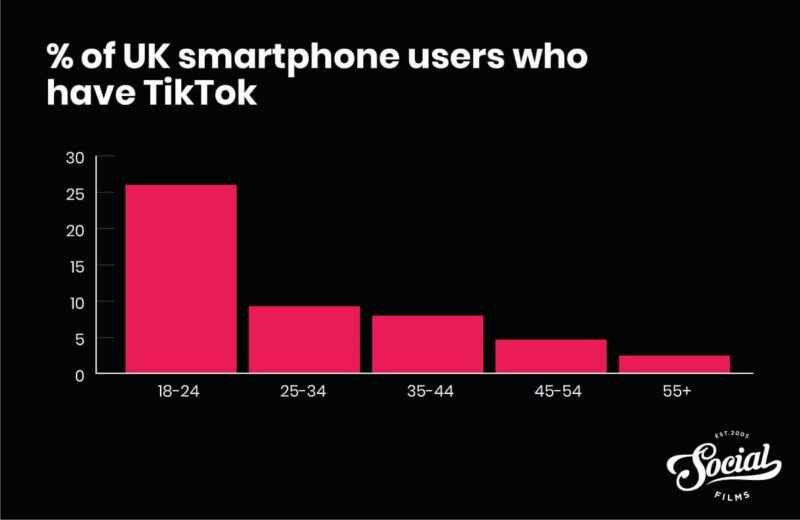WHAT WE’VE LEARNED ABOUT PR FOR HISTORIC HOUSES
Having a rural PR division, we have represented various countryside historic houses over the years, with one of the best examples of our work coming from current client Combermere Abbey, which is a 12th-century abbey based on the Cheshire/Shropshire border. Other examples of venues that we’ve worked with include the Cholmondeley Estate, Adlington Hall and the Wiston Estate in Sussex. Handling PR for historic houses is a tricky aspect of marketing to navigate, as there are often a lot of moving parts as well as many things to learn; but with such a wealth of experience in this field, we’ve learned a thing or two that we’re going to share with you today.
PR For Historic Houses: Our Lessons Learned
There are so many things we’ve learned over the years at The Source from the various clients we’ve worked with, we cover both B2B and B2C industries – as well as having specialities in rural PR and marketing; this means that the team have adept knowledge of the multiple sectors in which we’ve worked. Historic houses PR is one good example, we’ve worked with multiple venues and though each is different, there are universal lessons to be learned from all.
-
You have to become a total expert
When you work with a historic house, you have to be prepared to learn a LOT. They are called historic houses for a reason – because they have a wealth of history. We put our all into learning everything there is to know about our clients and their backgrounds – no matter how many centuries that may span over. We’d definitely recommend spending time with your client, in person if you can, learning all there is to know. One of the first things you should be doing is taking a guided tour of the venue if that’s an option for you.
-
Be prepared for unforeseen circumstances
You should have contingency plans in place for all clients, but for historic houses in particular. The Covid-19 pandemic has impacted so many businesses and has not spared the tourism industry. If you’re handling PR for historic houses, there’s a good chance you’ll be promoting tours, open days, overnight stays, perhaps even weddings. All of these had to cease at one point over the last year due to Coronavirus. We’d recommend being well prepared for any eventuality like this and keep an eye on what support there is too. Luckily in 2021, we have had clients who were the recipient of the Culture Recovery Fund, outlined by the Government DCMS and was supported by The National Lottery.
-
You’ll manage mini sectors all within one business
Most historic houses, especially those that are privately owned, will have multiple strands of their business to generate revenue. For example, open days, tours and overnight stays are commonplace amongst the clients that we have represented. Sometimes even weddings. This means that you’ll be promoting multiple different offerings under one entity, you’ll need to practice specific PR skills, such as travel, local, wedding and more, all of which do differ. The more you’ll work on the accounts, the more you’ll learn and that’s what makes this kind of PR so rewarding.
-
Get ready to engage with multiple organisations
One of the best things about managing communications for historic houses is that you’ll find there’s a lot of localised support. We work closely with local organisations such as Historic Houses, Marketing Cheshire, VistEngland and Visit Shropshire to further promote our clients to lovers of local attractions and heritage. These groups can be instrumental in your strategy, as you know their audiences are going to be interested in the venues you’re marketing.
-
You’ll think you know everything… But you never fully will
In our first point, we said that you need to be prepared to become a total expert around the historic houses that you work with, and that’s true, but also expect to never stop learning. When your client has centuries of history, there are always more stones to be overturned, and that’s why we love working with venues like this so much. In PR, they say you never stop learning, and it’s safe to say that we can certainly relate.
-
There’s so much to love
At Source PR, we become an extension of your team, whether that’s working with marketing, sales or even business owners. We become so passionate about the businesses we work for, and we’ve found that to be our experience when working with historic houses in particular. When you manage PR for historic houses, you learn so much about them, and you play an important part in bringing the magic of them alive for many people. We live and breathe our clients, and we wouldn’t have it any other way.
Support With PR For Historic Houses
If you’re a historic house owner or manager in the UK in need of PR, social media, digital or marketing support, then please do get in touch. We’d love to show you what we can do. You can speak to our team via the contact form on our website, or by calling 01829 720 789. Or you can find out more about our most recent PR work for historic houses by reading the case studies on our site.




